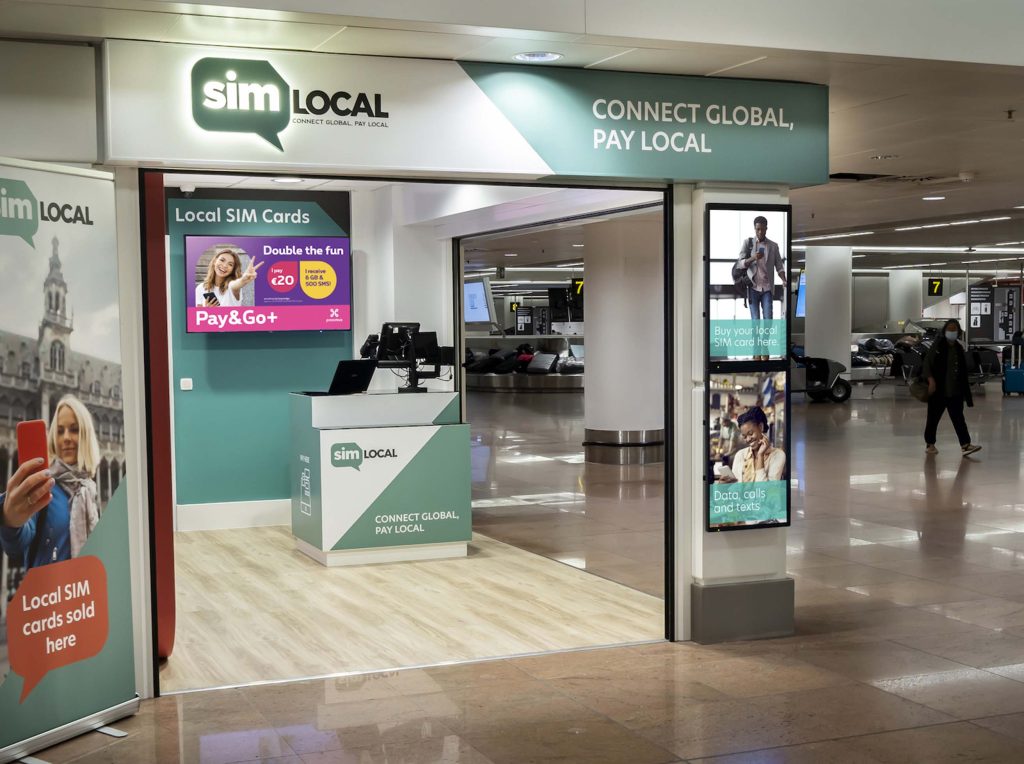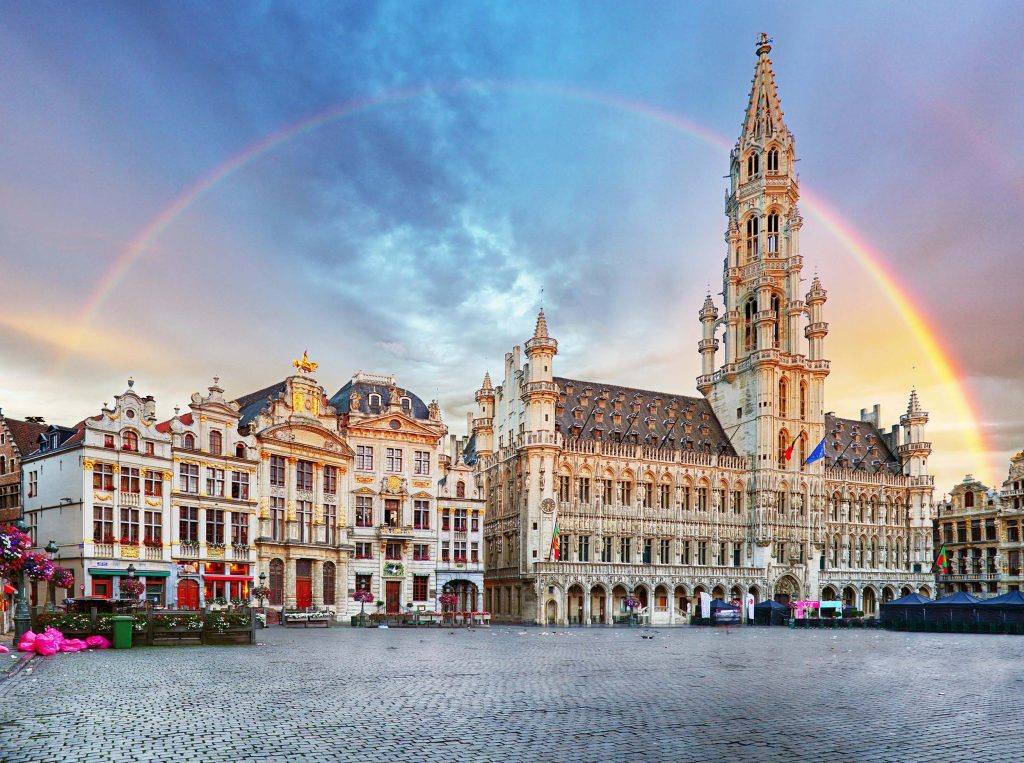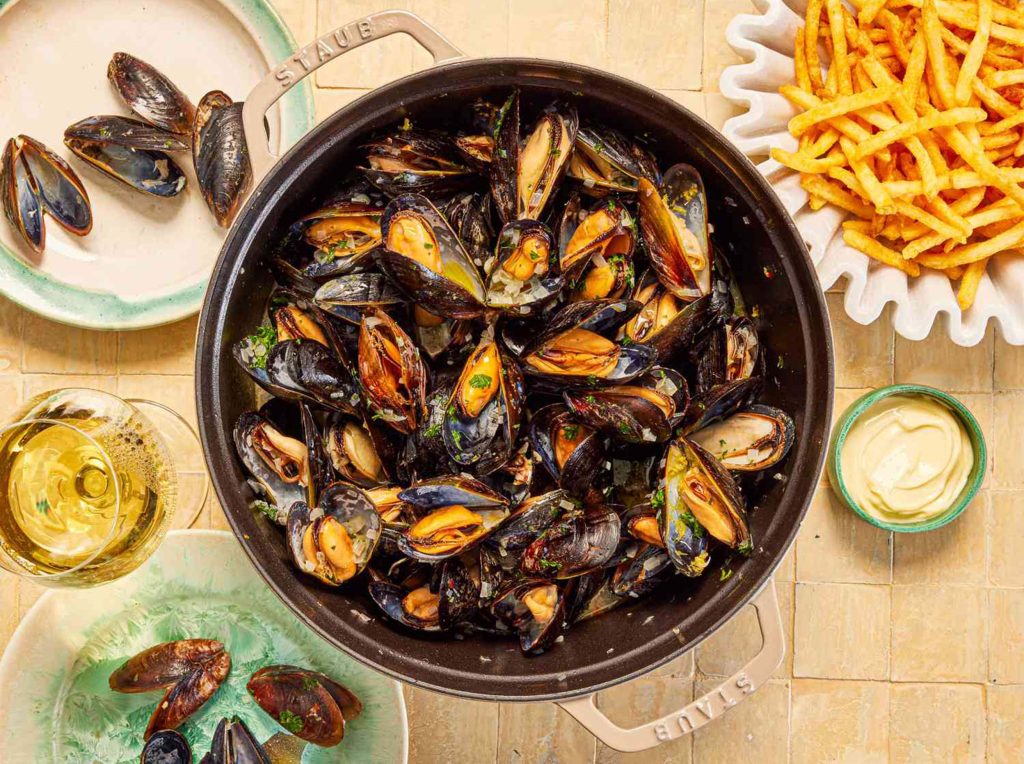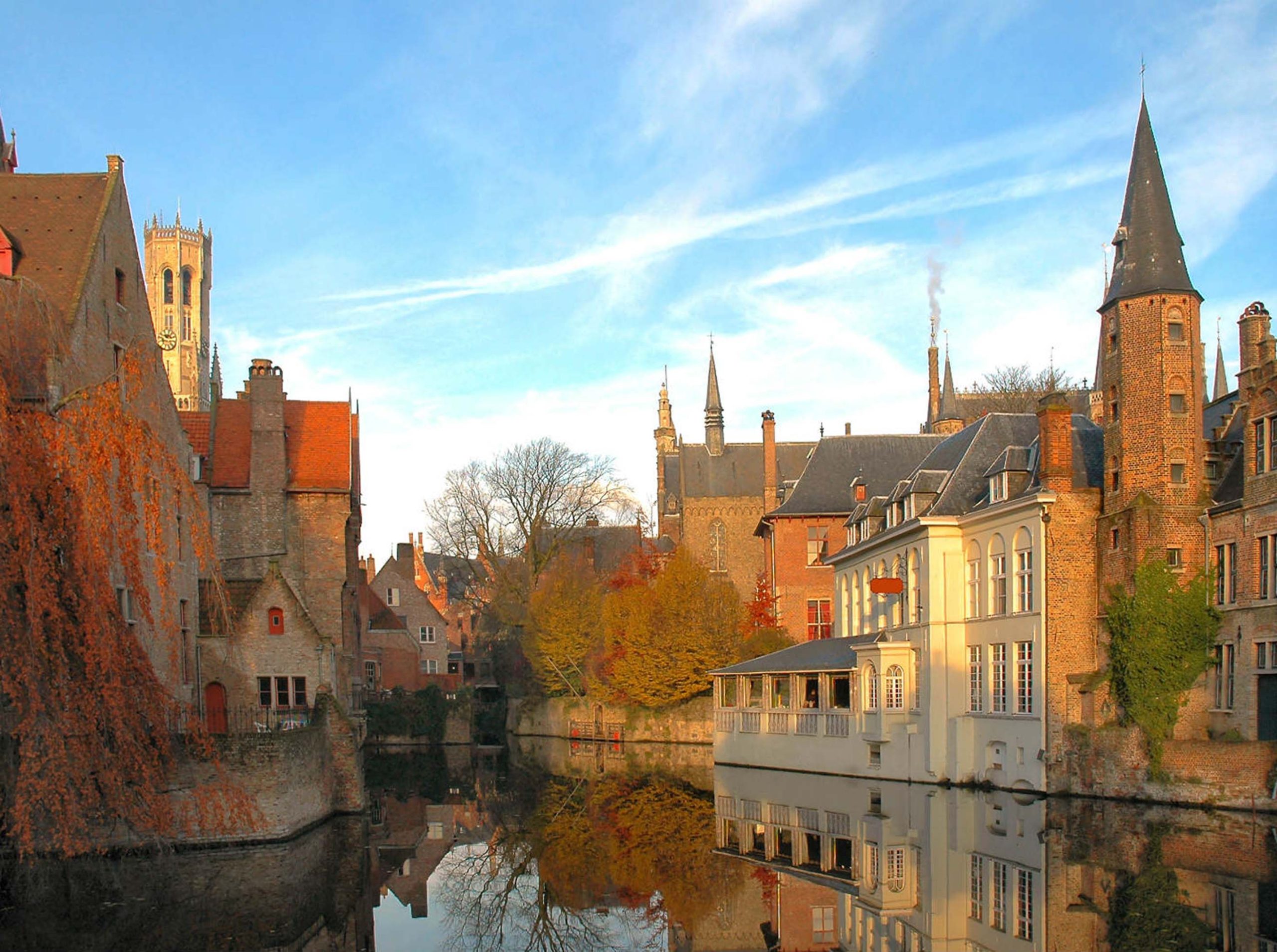Belgium, a country renowned for its rich history, delectable cuisine, and stunning architecture, had always been on my travel bucket list. My recent adventure to this charming European gem was nothing short of extraordinary, and I’m excited to share my insights and experiences with you. From practical travel tips and etiquette to must-see attractions and street food recommendations, here’s a comprehensive guide to making the most of your trip to Belgium.
Travel Gear and Attire
1. Packing Essentials
When preparing for my trip to Belgium, I made sure to pack a mix of comfortable and practical clothing. Belgium’s weather can be unpredictable, so layers are essential. I brought along a light rain jacket, an umbrella, and comfortable walking shoes, as I knew I’d be exploring a lot on foot. For city visits, I opted for smart-casual attire that could easily transition from day to night.
Belgium’s cities, like Brussels and Bruges, can be quite formal, so I packed a few dressier outfits for dining out or visiting cultural sites. A good pair of sunglasses and a hat were also crucial, especially for sunny days spent wandering through the charming streets and countryside.
2. Currency and Local SIM Cards
Belgium uses the Euro (€), so exchanging currency was one of my first priorities. I exchanged some money before my trip but found that using local ATMs was convenient for getting additional cash. Most places accept credit and debit cards, but it’s always good to have a bit of cash on hand for smaller purchases or markets.

For connectivity, I opted to get a local SIM card to avoid high roaming charges. I purchased a prepaid SIM card at the airport upon arrival. The process was straightforward—just ensure that your phone is unlocked and compatible with European networks. The SIM card provided me with data, local calls, and texts, which made navigating and staying in touch a breeze.
Local Etiquette and Customs
1. Greeting and Politeness
One of the first things I noticed in Belgium was the emphasis on politeness. Greetings are important, and a friendly “Bonjour” (French) or “Goedemorgen” (Dutch) goes a long way. When entering shops or restaurants, a polite greeting to staff is customary. I found that Belgians appreciate it when visitors make an effort to use the local language, even if it’s just a few words.
2. Dining Etiquette
Belgian dining etiquette was something I had to quickly adapt to. In restaurants, it’s customary to wait to be seated, even if there are empty tables. Tipping is appreciated but not obligatory; rounding up the bill or leaving a small tip is generally sufficient. During one of my dining experiences in Brussels, I accidentally started eating before everyone was served, and I quickly learned that waiting for everyone to be served is a sign of good manners.
3. Public Behavior
Belgians value personal space and quiet in public areas. While exploring busy areas like Grand Place in Brussels, I noticed that people generally kept their voices down and respected others’ personal space. Additionally, it’s polite to queue patiently, whether you’re waiting for a bus or ordering food.
Must-See Attractions
1. Brussels – Grand Place
One of the highlights of my trip was visiting Grand Place, Brussels’ central square. The architectural splendor of the guild houses and the stunning Town Hall left me in awe. To get there, I took the metro to Gare Centrale, which is just a short walk away. The square is a UNESCO World Heritage Site and hosts beautiful flower carpets during August, so check the calendar for special events.

2. Bruges – The Belfry and Market Square
Bruges, often described as a fairy-tale town, captivated me with its medieval charm. The Belfry of Bruges offers a panoramic view of the city after a climb of 366 steps. I reached Bruges by train from Brussels, a journey of about an hour. The Market Square, with its vibrant atmosphere and historic buildings, is perfect for strolling and sampling local treats.
3. Ghent – Gravensteen Castle
In Ghent, Gravensteen Castle was a standout attraction. The medieval castle, with its moat and impressive ramparts, offers a fascinating glimpse into medieval life. I took a train from Brussels to Ghent, and the castle is a short walk from the station. The interactive exhibits and panoramic views from the top made this a memorable visit.
4. Antwerp – Cathedral of Our Lady
Antwerp’s Cathedral of Our Lady is renowned for its stunning architecture and art. The cathedral houses works by the famous artist Peter Paul Rubens. I arrived in Antwerp by train and used a combination of walking and public transport to explore the city. The cathedral is a must-see, with its detailed carvings and impressive interior.
Street Food and Safety
1. Popular Street Eats
Belgium is famous for its street food, and I made sure to sample some of the best. Here are a few highlights:
- Belgian Waffles: Light, crispy, and topped with a variety of delicious toppings. I had some of the best waffles from street vendors in Brussels.
- Frites (Fries): Belgian fries are a culinary experience. They are thick-cut and often served with a variety of sauces. I tried them from a popular stand in Bruges.
- Moules-Frites: Mussels served with fries is a classic Belgian dish. Many street food stalls offer this hearty and flavorful meal.

2. Food Safety Tips
While enjoying street food, I took some precautions to ensure food safety. I opted for stalls that had a high turnover of customers, as this usually indicates fresh food. Also, I made sure that the food was cooked thoroughly and served hot. Drinking bottled water was also a good practice to avoid any potential stomach issues.
Travel Planning and Budget
1. Itinerary and Budgeting
When planning my trip, I allocated a mix of time for city exploration and relaxation. I created a rough itinerary that included major attractions, but I also left some room for spontaneous discoveries. For budgeting, I found Belgium to be relatively affordable compared to other Western European countries. I used a combination of public transportation and occasional taxis to manage my travel costs effectively.
2. Insurance
Travel insurance was something I didn’t overlook. I opted for a comprehensive travel insurance plan that covered health, cancellations, and lost luggage. Given Belgium’s excellent healthcare system, having insurance provided me with peace of mind in case of any emergencies.
Belgium turned out to be a perfect blend of rich history, delectable food, and charming cities. From navigating the local etiquette to enjoying the picturesque sights, my experience was enhanced by a combination of thoughtful planning and spontaneous exploration. Whether you’re visiting the historic sites of Brussels or savoring street food in Bruges, Belgium offers something for every traveler.
